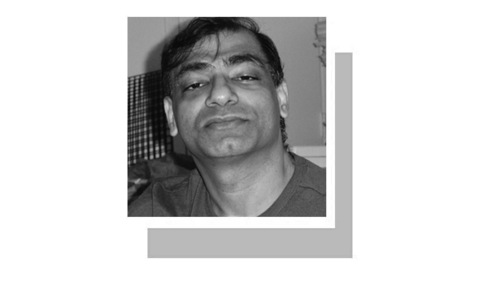WHILE basic education is a constitutional right of every child in Pakistan, millions of children and youth remain deprived of this fundamental means of living a quality life. The recently launched District Education Performance Index (DEPI) by the Ministry of Planning and Development represents a significant step towards comparing the state of education across 134 districts in Pakistan.
The findings of the report reveal severe disparities in both access to and quality of education, with a staggering 77 districts categorised as ‘low’ performers. Most of these districts are concentrated in Balochistan and Sindh, revealing deep-rooted interprovincial inequities. Despite its pioneering effort, the DEPI report raises important questions about the robustness of its design, methodology, and title.
A stark contrast emerges when comparing Islamabad and Rajanpur, two districts with nearly identical populations of 2.3 million. According to the DEPI, Islamabad ranks at the top of the 134 districts, while Rajanpur languishes far behind in 80th place. Despite both districts being part of the same country, their educational realities could not be more different. In Islamabad, 84 per cent of individuals (aged 10-plus) are literate, reflecting its privileged educational infrastructure. Meanwhile, in Rajanpur, the literacy rate is a mere 37pc, underscoring the region’s severe educational deprivation.
The disparities become even more striking when examining school attendance. In Islamabad, only 40,477 residents — roughly 2pc of the population — have ‘never’ attended school. In Rajanpur, however, a shocking 1.2m people (52pc) have been denied even this basic right. In Islamabad, fewer than 90,000 children (15pc) are out of school, whereas in Rajanpur, a staggering 442,819 children (56pc) remain outside the education system. Who bears responsibility for Rajanpur’s dismal educational performance? It is unfair to hold Rajanpur accountable for the neglect and deprivation faced by its children.
A comparison of Islamabad and Rajanpur districts reveals a stark contrast.
The real difference lies in the systemic advantages Islamabad enjoys. As the seat of power, home to decision-makers, parliamentarians, custodians of state funds, and a myriad of educated employees, Islamabad benefits from a concentration of resources and attention that is unavailable to districts like Rajanpur. Meanwhile, Rajanpur’s underperformance is symptomatic of a broader structural discrimination. Its remoteness from the corridors of power, especially from the provincial capital of Lahore (often referred to as Takht-i-Lahore), leaves it marginalised and underserved.
Of the 34 indicators used by the DEPI to assess district performance in education, 18 — over 53pc — are beyond the authority of the districts and fall under the jurisdiction of provincial governments. Districts depend entirely on the discretion of officials and political leaders in provincial capitals for development budgets, teacher appointments, new school construction, and essential facilities such as computer labs. How can a district’s performance be accurately judged in areas outside its control?
The disconnect between certain DEPI indicators and ground realities is clear in one notable example: the average tenure of a provincial secretary of education is used as an indicator of district performance under the domain of ‘governance and management’. How can districts influence the tenure of a provincial secretary when decisions, including premature transfers, are made by the chief minister or chief secretary? District officers have no control over these matters.
This flaw in the DEPI framework highlights the need for significant revisions. True performance can only be gauged when districts have the power and the means to meet their goals, which they clearly do not. Districts remain mere spectators, wholly dependent on provincial decisions. So, what the DEPI really shows is not ‘performance’ but the current state of educational deprivation and neglect.
The right to free and compulsory education (Article 25-A) is a constitutional duty shared by federal, provincial, and local governments, and none can shirk this responsibility. Shockingly, over 25m children aged five to 16 are currently out of school in Pakistan, while the illiterate population has swelled from 50m in 1998 to 60m in 2017 and 67m in the 2023 census. We must move beyond superficial rankings and enact meaningful reforms that empower districts and ensure equitable resource distribution. Only then can we build a society where every child has the chance to access quality education and thrive.
The writer is a former education specialist at Unesco.
Published in Dawn, October 14th, 2024










































Dear visitor, the comments section is undergoing an overhaul and will return soon.